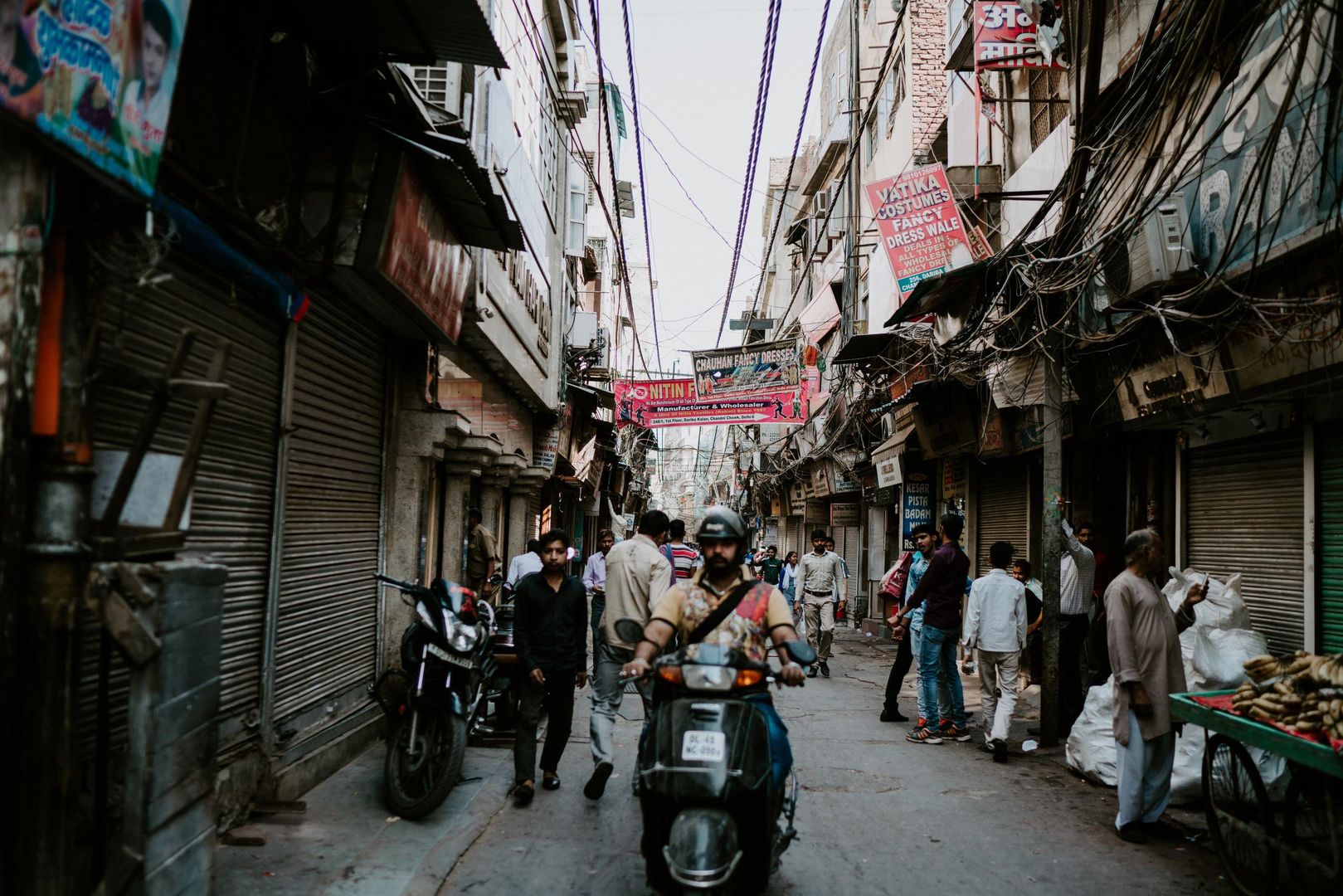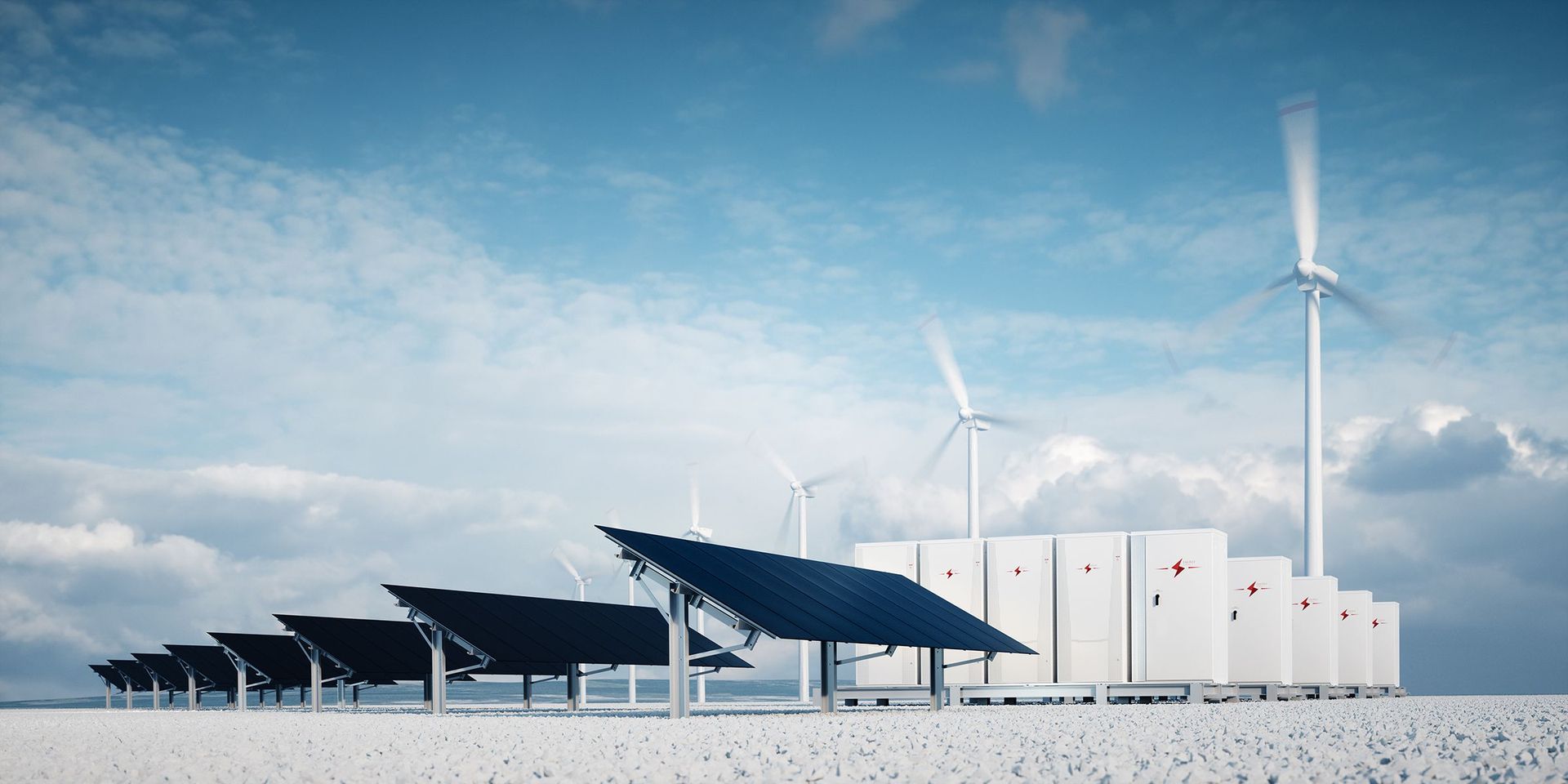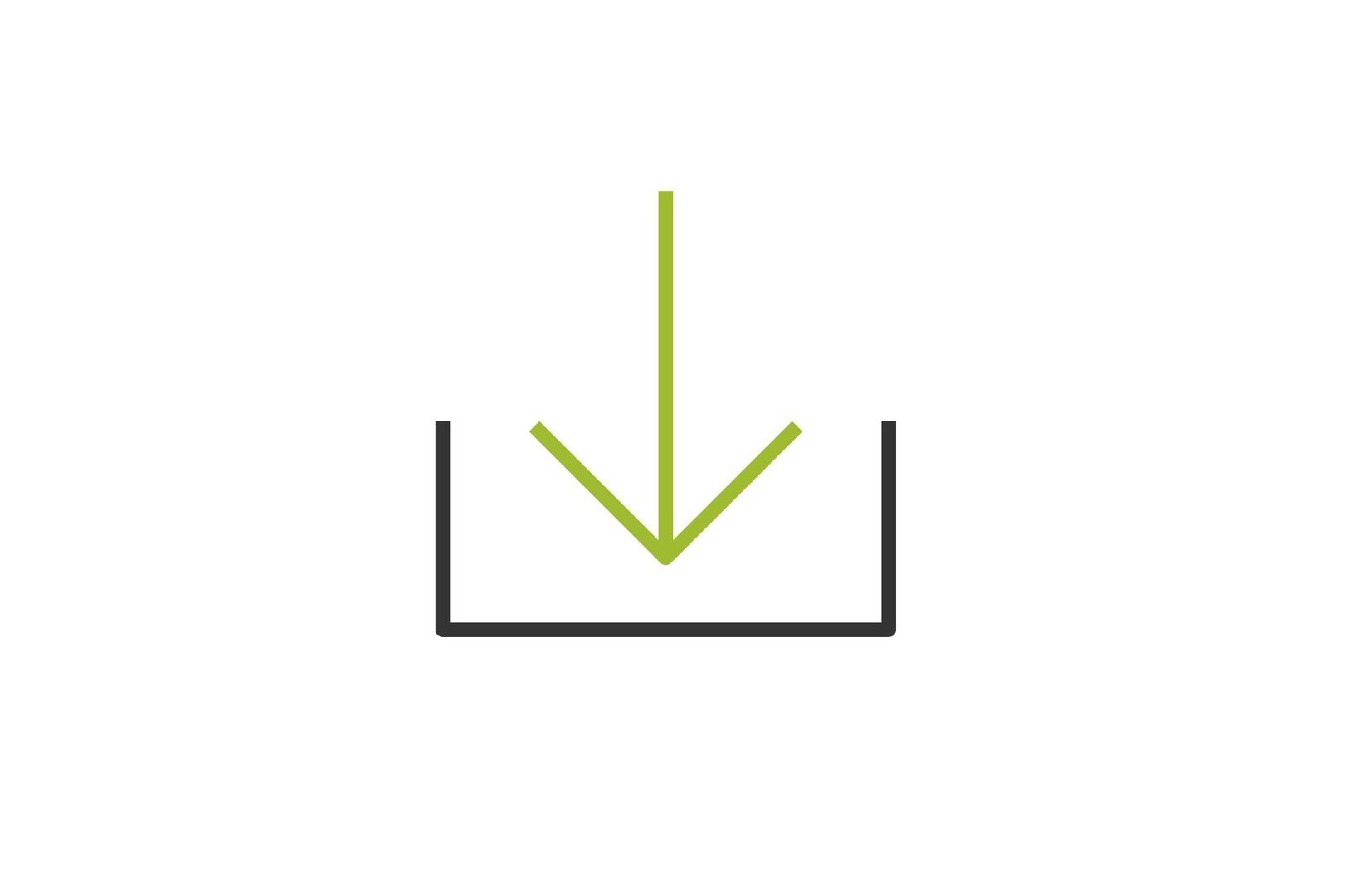Next Stop: India
Our new series of blog posts covers power markets throughout the world. Our next stop is India – Ravi Vaidya is writing his master thesis on Non-European Flexibility Markets at Next Kraftwerke as part of our Innovation & Development team. Together with Jonas Simon, who has just been to India on a business trip, they discuss the Indian energy market.
Table of Contents

Kerstin Eiwen: What is special about India’s energy market?
Jonas Simon: India’s energy demand has increased immensely over the past years. However, still roughly 15 percent of the land’s population still has no access to energy – 10 years ago the number was much higher with 25 percent. The increase in demand proposes significant challenges for India’s energy market and as of yet, not nearly every village has 24-hour access to the grid; power cuts occur on a daily basis.
Ravi Vaidya: The Indian energy market is very complex. India consists of 29 states, and each state has its own Transmission System Operator and authority to make rules. Furthermore, each state decides on individual goals, prices and imbalance mechanisms for renewables. On national level, there is the national balancing party for balancing control. The ancillary services are central, but their prices and rules are decided by the individual states. Since 2003, the market is unbundled. This sounds like a chaotic mixture of centralized and state-run regulations. There is, however, a national agency, the Central Electricity Regulatory Commission, that drives the development – comparable to the relationship of the European Union and its member states.
Jonas Simon: The Indian energy market is both market-based and state-organized: ancillary services and the power grid are predominantly state-regulated, and the same applies to end-user tariffs. The market for electricity generation, on the other hand, is open to private companies, and some subgrids are operated privately. The market is, however, on its way to becoming a de-regulated market in the future, the Central Electricity Regulatory Commission has published a draft paper in 2018 to this end. In the process, India is looking towards Germany and the USA and their energy market designs.
Kerstin Eiwen: What does the Indian market design look like? Are there power exchanges, intraday and day-ahead markets?
Ravi Vaidya: There were two exchanges created in 2006 after the liberalization of the energy market in 2003, the India Energy Exchange and the Power Exchange India Limited, that ensure competition. On both exchanges, there’s an Intraday and Day-Ahead market. There is also a market for renewable energy certificates, which can be purchased when a generator sells energy not to the government under the fixed PPA contract but to private actors.
Jonas Simon: These certificates are similar to Germany’s Herkunftsnachweise.
Kerstin Eiwen: Is there a market for balancing services?
Ravi Vaidya: Yes, but it’s very regulated. All generators with regulated tariffs have to keep a reserve, but the market is not open for private players. Pump-Hydro-Plants have especially been built for this purpose.
Kerstin Eiwen: What does the energy mix look like? What are the energy sources of the future and how are they promoted?
Ravi Vaidya: India is the fourth largest wind power producer in the world – after China, the USA, and Germany. Currently, India’s energy market is dominated by wind with roughly 35 GW, followed by solar with around 25 GW. The target for solar energy has actually been enhanced from 20,000 MW to 100,000 MW by 2022 because the original target has already been surpassed in 2018. Large hydro plants are not considered a part of renewable energy plants.
Read more
Kerstin Eiwen: Which challenges does India face regarding the energy sector?
Ravi Vaidya: The Indian grid has expanded dramatically over the last years: There is now energy access for everyone down to the village level. Consequently, the energy demand exploded and primarily has been met by new coal plants and large-scale investments in photovoltaic. The national goal is to deploy a total of 100 GW of solar power by 2022. This, of course, comes with challenges, especially a growing volatility in the grid. The government is pressing towards more liberalized power trading on the short term energy market and launched an imbalance price mechanism.
Jonas Simon: The rapid growth is one of the reasons why the Indian market is interesting for Virtual Power Plants. I recently participated at the Energy Innovation Summit in the capital of Andhra Pradesh, which was aimed at grid operators and international players. I participated in the panel on Grid Upgradation and further explored the role VPPs can play. The market is changing at the moment and with that comes a certain openness for innovations, which shows in the interest in really making changes and starting new. Of course, there are also a lot of unique local problems, but a number of challenges are very similar to those that Germany faced and still faces. We feel that VPPs could be a solution.
Kerstin Eiwen: How does your business trip relate to that?
Jonas Simon: As I said, we feel that VPPs could be a solution and met with a potential client that is looking for a demand side management pilot project to stabilize the grid. The flexibility that NEXT promotes was certainly needed for the appointment regarding our schedule. Things work differently in India: We did not have a fixed time or date for the appointment, there is a very strict hierarchy in India and if you want to meet someone in a higher position, you have to play by their rules, and they, in turn, have to play by another person’s rules. So it took a long way to get to the meeting but that turned out very lovely. Politics and bureaucracy are interconnected in India just like in all the energy markets that we have encountered so far.
Overview of India's energy sector:
| Power consumption: | 1242 TWh (2016) |
| Electricity mix*: | Coal 76.08 % Diesel & Gas: 3.97 % Nuclear: 3.05 % Large Hydro: 9.85 Small Hydro: 0.4 % Wind: 4.1 % Solar: 2.1 % Import Bhutan: 0.45 % |
| Percentage of renewable energies: | 6.6 % |
| INDCs in the Paris Agreement: | 40 % cumulative electric power installed capacity from non-fossil fuel based energy resources by 2030 and a reduction of emissions intensity of India’s GDP by 33-35 percent by 2030 from 2005 level and an additional carbon sink of 2.5 to 3 billion tons of CO2 equivalent through forestation |
| *2016-2017 |



